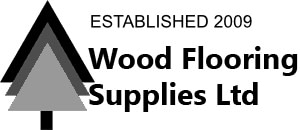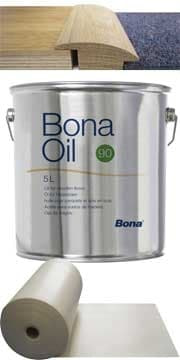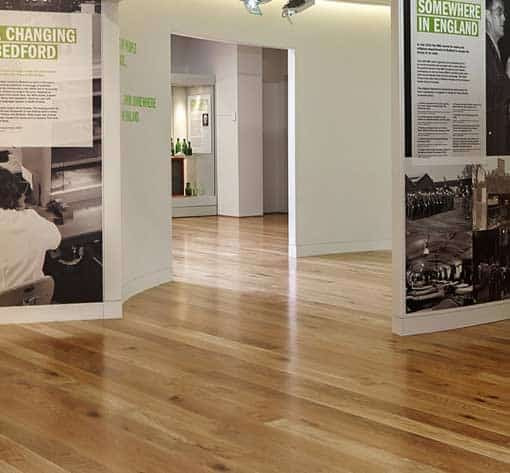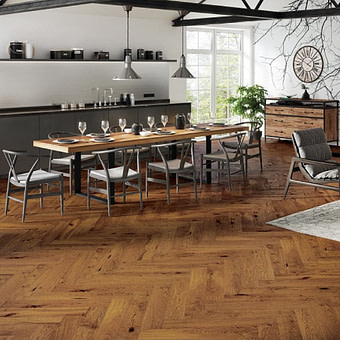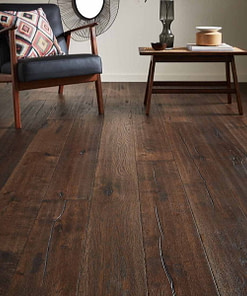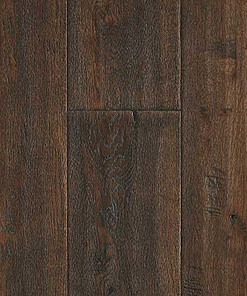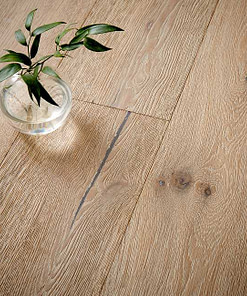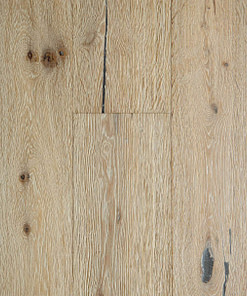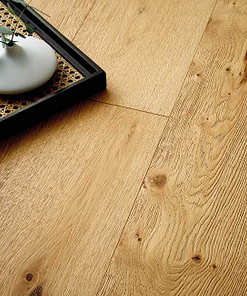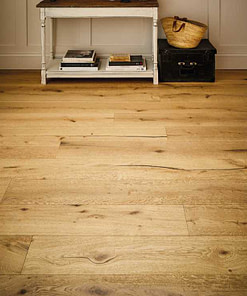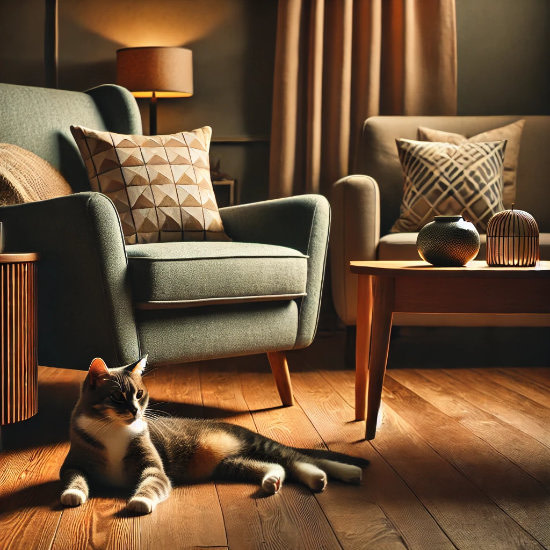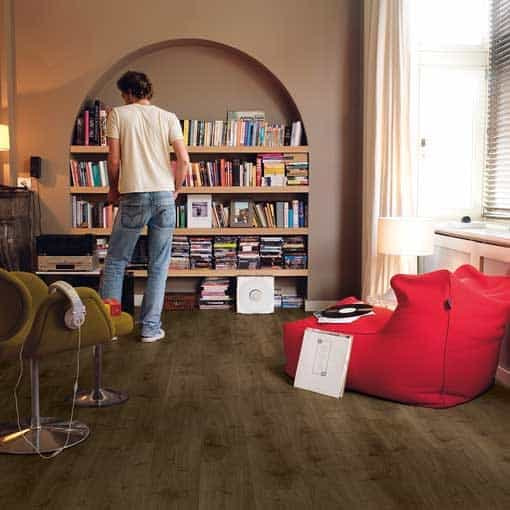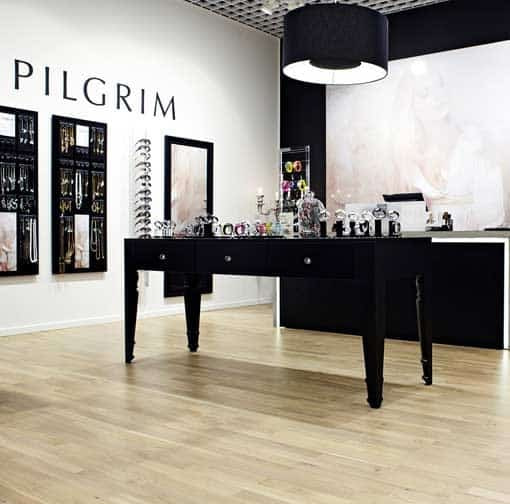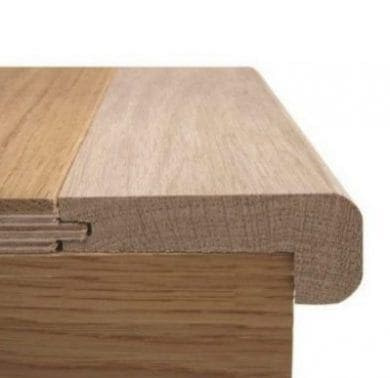Solid Wood
Solid Wood Flooring in Traditional Homes: A Timeless Elegance
Solid Wood Flooring in Traditional Homes: A Timeless Elegance
Traditional Wooden Flooring
When it comes to home design, few elements evoke the timeless elegance and warmth of traditional wooden flooring. This classic flooring option has been cherished for centuries, offering not only aesthetic appeal but also durability and versatility. From the rustic charm of wide planks to the intricate craftsmanship of herringbone patterns, traditional wooden flooring serves as a stunning backdrop for any interior style, whether it be modern, country, or vintage. Beyond its visual allure, wood flooring is known for its ability to enhance indoor air quality and provide natural insulation, making it a practical choice for homeowners. As sustainability becomes increasingly important, many are drawn to sustainably sourced wood species, further elevating the appeal of traditional wooden flooring. In this article, we will explore the various types and benefits associated with this enduring flooring choice, highlighting why it remains a favoured option for those seeking to create a warm and inviting atmosphere in their homes.
If you’re thinking about giving your space a makeover, you can’t go wrong with solid wood floors. They’re not just any ordinary floors; we’re talking about the beauty of hardwood like oak wood flooring or even trendy chevron parquet. The grade and character of the wood can really change the vibe of a room, and each piece is unique! With options ranging from dark brown to light hues, you can easily find something that suits your style. Plus, these floorboards are thick and durable, so they’ll last ages. Many folks love the natural looking wood surface that only real wood flooring can provide, especially when it’s sealed with oil or lacquer for that extra protection.
In the UK and France, there’s a ton of manufacturers that specialise in timber flooring, offering everything from reclaimed blocks to modern designs. If you’re into the idea of underfloor heating, well, solid wood can handle that too! The right flooring can combine style and function, protecting your investment while giving your space a chic look and feel. Whether you’re going for a rustic or contemporary vibe, solid wood floors are where it’s at. They’re also pretty affordable for the quality you’re getting. So, why not take the plunge and add that authentic touch to your building project?
Definition and Characteristics
In the world of flooring, solid wood is celebrated for its unique character and natural looking beauty. A solid wood floor, often crafted from hardwood like oak, offers a thick and durable surface that enhances any room. The grade of the wood influences its appearance, with various cuts available, such as narrow floorboard or wider blocks. Oak wood flooring, particularly dark brown, is a popular choice, combining elegance with strength. The manufacturing process often involves a seal of oil or lacquer to protect the wood surface and enhance its look and feel.
Additionally, real wood flooring can be designed in various styles, including chevron parquet and wood parquet, adding a sophisticated touch to modern building designs. Timber specialists in the UK and France reclaim materials to produce authentic flooring options that are both affordable and environmentally friendly. The groove and tongue fitting system allows for easier installation, making it suitable for homes with underfloor heating systems. The careful selection of wood not only ensures durability but also preserves the property of each piece, allowing for a stunning final product that enhances furniture and décor alike.
Installation Methods Of Solid Wooden Floors
If you’re thinking about putting down some solid wooden floors, you’ve got a few different installation methods to choose from. First up is the classic nail-down method, where you literally nail the planks into the tongue of the wood flooring directly to the subfloor. It’s reliable and gives a solid feel. Then there’s the glue-down method, which involves using adhesive to stick the wood right onto the floor. This one’s great for areas with moisture since it creates a tight seal.
But wait, there’s more! You can also go for the floating floor installation ( Junckers Flooring clip system ). This means laying the planks over a foam underlayment without actually attaching them to the subfloor. It’s super easy and perfect for DIYers who want to avoid the fuss of nails and glue. Just remember, whichever method you choose, preparation is key to ensuring your floor looks fab and lasts long!
Benefits of Traditional Wood Flooring
Traditional wood flooring, particularly oak flooring, offers a host of benefits that enhance both aesthetic appeal and functionality in any home. Solid oak provides durability and longevity, making it a worthwhile investment for homeowners. The rich grain patterns found in oak create a unique character that lifts the overall ambiance of a room, contributing to a more luxurious feel.
Moreover, the natural variations in colour ensure that each plank has its own distinct charm, adding to the floor’s authenticity. Traditional oak flooring showcases the true essence of nature. With proper maintenance, solid oak can last for generations, making it an environmentally friendly choice as well. Opting for oak flooring is not just a design decision; it’s an investment in quality and timeless elegance that enhances any living space.
20mm Engineered Wood Flooring
Timba Floor 20mm Brushed & Oiled Engineered Oak Flooring 191mm Wide
20mm Engineered Wood Flooring
Timba Floor 20mm Brushed & Oiled Engineered Oak Flooring 240mm Wide
Caledonian Engineered Flooring
Caledonian Westray Very Rustic Engineered Oak Flooring 190mm Brushed & Oiled
15mm Engineered Wood Flooring
Contemporary Engineered Noma Smoked Oak Flooring Brushed & UV Oil
15mm Engineered Wood Flooring
Contemporary Engineered Nanzen Oak Flooring Brushed & UV Oil
Traditional Wood Flooring Increases The Value Of Your Home
Traditional wood flooring is not just a timeless aesthetic choice; it significantly increases the value of your home. When potential buyers tour a house, the quality and appearance of the flooring can leave a lasting impression. Engineered wood options offer durability while maintaining the classic look of solid hardwood, making them a popular choice among homeowners. The warmth and elegance of wood floors can increase the overall ambiance of any room, creating an inviting atmosphere that appeals to a wide range of buyers.
Moreover, homes with traditional wood flooring often sell faster and at higher prices compared to those with carpet or laminate alternatives. The natural beauty of wood can enhance the décor and harmonize with various design styles, from rustic to modern. Investing in quality wood flooring is not only beneficial for personal enjoyment but can also yield a substantial return on investment when it’s time to sell your property.

